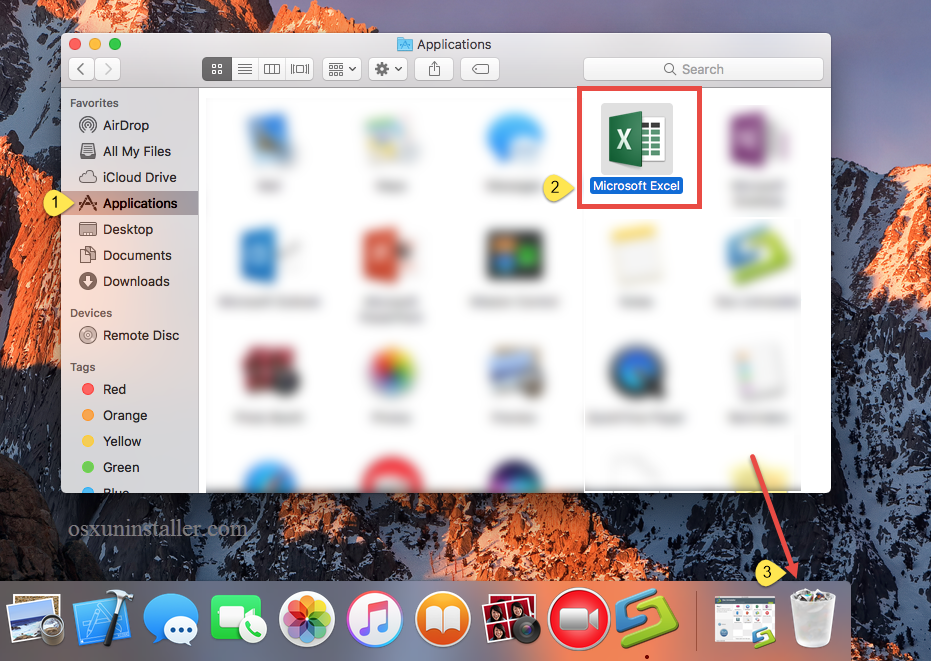

Numbers at the small end of this range have only one digit of precision.Įxample: A normalized number has an implicit leading 1. As a result, you lose precision, and the smaller the number, the more precision is lost. In that case, the entire number is stored in the mantissa and the mantissa has no implicit leading 1. Excel uses its own special representation for this case (#NUM!).Ĭases in which we do not adhere to IEEE 754ĭenormalized numbers: A denormalized number is indicated by an exponent of 0.


For Excel, the maximum number that can be stored is 1.79769313486232E+308 and the minimum positive number that can be stored is 2.2250738585072E-308. Because the number of bits of memory in which the number is stored is finite, it follows that the maximum or minimum number that can be stored is also finite. More Information Maximum/Minimum LimitationsĪll computers have a maximum and a minimum number that can be handled. However, there are some limitations of the IEEE 754 specification that fall into three general categories: Therefore, this number is rounded down by approximately -2.8E-17 when it is stored. This number cannot be represented in a finite (limited) amount of space. However, the same number in binary format becomes the following repeating binary decimal: For example, the fraction 1/10 can be represented in a decimal number system as 0.1. When numbers are stored, a corresponding binary number can represent every number or fractional number. The 754 standard is used in the floating-point units and numeric data processors of nearly all of today's PC-based microprocessors that implement floating-point math, including the Intel, Motorola, Sun, and MIPS processors. It is popular because it allows floating-point numbers to be stored in a reasonable amount of space and calculations to occur relatively quickly. The 754 specification is a very widely adopted specification that describes how floating-point numbers should be stored in a binary computer.
#Why is excel for mac so bad software
IEEE is the Institute of Electrical and Electronics Engineers, an international body that, among other things, determines standards for computer software and hardware. Microsoft Excel was designed around the IEEE 754 specification to determine how it stores and calculates floating-point numbers. This may affect the results of some numbers or formulas because of rounding or data truncation. This article discusses how Microsoft Excel stores and calculates floating-point numbers. For more information about this change, read this blog post. Office 365 ProPlus is being renamed to Microsoft 365 Apps for enterprise.


 0 kommentar(er)
0 kommentar(er)
